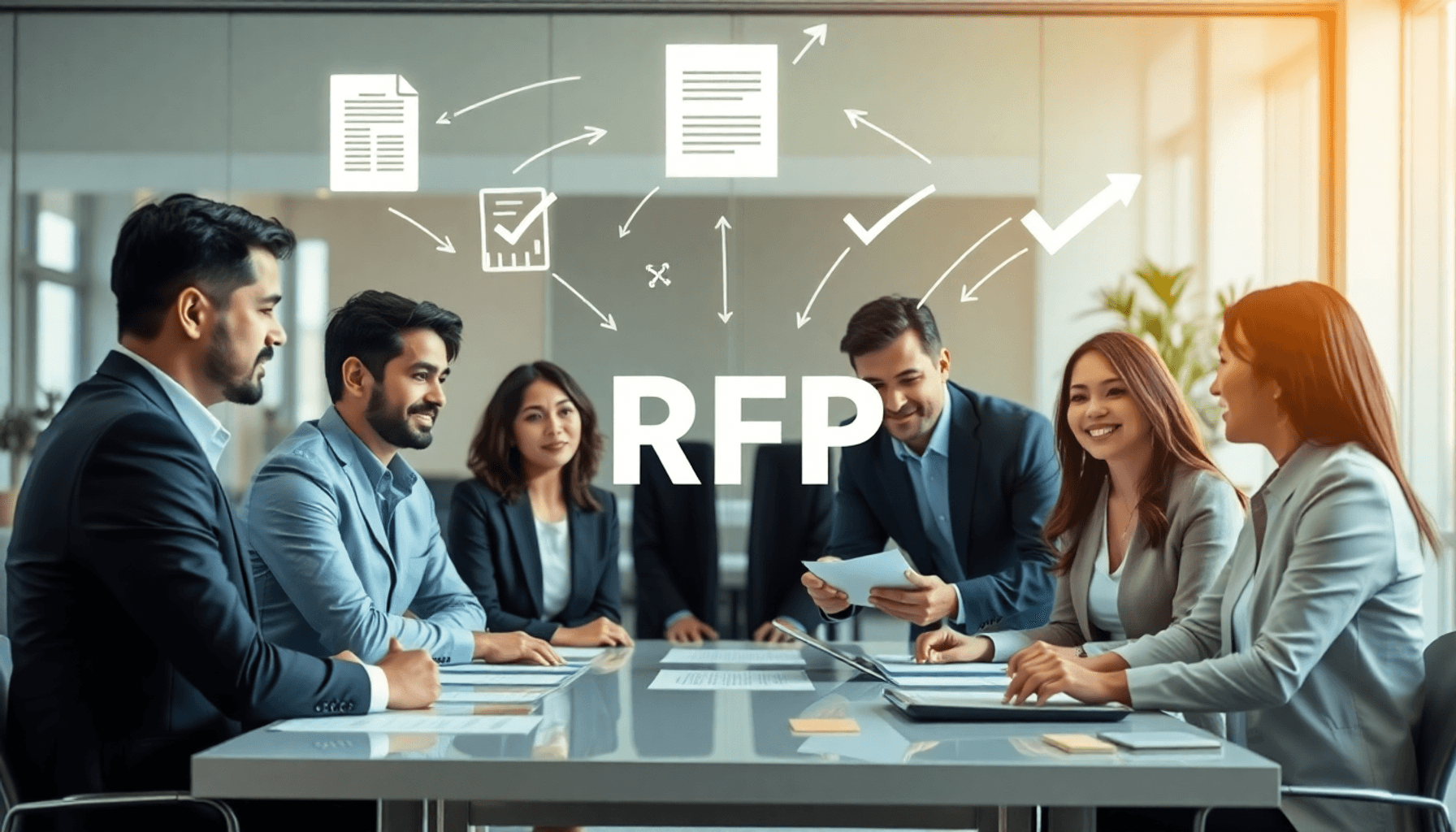Centralized procurement refers to the process of consolidating purchasing activities within an organization to streamline operations and achieve cost savings. By centralizing procurement, organizations can benefit from economies of scale, improved supplier relationships, and better control over spending. One of the key benefits of centralized procurement is the ability to negotiate better pricing and terms with suppliers due to the increased purchasing power of the organization. This can result in significant cost savings and improved profitability for the organization.
Additionally, centralized procurement allows for better visibility and control over spending, as all purchasing activities are consolidated and managed by a dedicated procurement team. This can help to eliminate maverick spending and ensure that all purchases are aligned with the organization’s strategic objectives. Furthermore, centralized procurement can lead to improved efficiency and standardization of processes, as all purchasing activities are managed through a single, unified system. This can result in reduced administrative burden and improved compliance with internal policies and external regulations.
Creating a Strategic Procurement Plan
In order to effectively leverage the benefits of centralized procurement, organizations must develop a strategic procurement plan that aligns with their overall business objectives. This plan should outline the organization’s procurement goals, strategies for achieving those goals, and key performance indicators for measuring success. Additionally, the plan should include a thorough analysis of the organization’s current procurement processes, supplier relationships, and spending patterns in order to identify areas for improvement.
A strategic procurement plan should also include a detailed sourcing strategy that outlines how the organization will identify and select suppliers, negotiate contracts, and manage supplier relationships. This strategy should take into account factors such as supplier capabilities, pricing, quality, and reliability in order to ensure that the organization is able to secure the best value for its procurement needs. Furthermore, the plan should include a risk management strategy that outlines how the organization will identify and mitigate potential risks associated with its procurement activities, such as supply chain disruptions or supplier non-compliance.
Leveraging Technology for Efficiency
In today’s digital age, organizations can leverage technology to improve the efficiency and effectiveness of their centralized procurement processes. By implementing a robust procurement management system, organizations can streamline their purchasing activities, improve visibility into spending, and automate routine tasks such as purchase order processing and invoice reconciliation. This can help to reduce administrative burden and free up procurement teams to focus on more strategic activities, such as supplier relationship management and strategic sourcing.
Furthermore, technology can enable organizations to gain better insights into their procurement data, allowing them to identify cost-saving opportunities, track supplier performance, and make more informed purchasing decisions. Advanced analytics tools can help organizations to identify trends and patterns in their spending data, allowing them to optimize their procurement processes and achieve greater cost savings. Additionally, technology can facilitate better collaboration and communication between internal stakeholders and suppliers, enabling more efficient decision-making and problem-solving.
Building Strong Relationships with Suppliers
Centralized procurement is not just about cost savings and efficiency – it’s also about building strong, mutually beneficial relationships with suppliers. By developing strong relationships with suppliers, organizations can gain access to innovative products and services, better pricing and terms, and improved reliability and quality. This can help to drive competitive advantage and support the organization’s overall business objectives.
To build strong relationships with suppliers, organizations should focus on open communication, transparency, and collaboration. This includes clearly communicating the organization’s expectations and requirements to suppliers, providing feedback on performance, and working together to identify opportunities for improvement. Additionally, organizations should seek to understand their suppliers’ capabilities, challenges, and goals in order to develop more effective partnerships. By working closely with suppliers, organizations can gain valuable insights into market trends, technological advancements, and best practices that can help to drive innovation and improve competitiveness.
Implementing Effective Communication and Collaboration
Effective communication and collaboration are essential for successful centralized procurement. By fostering open communication and collaboration between internal stakeholders and suppliers, organizations can ensure that everyone is aligned with the organization’s strategic objectives and working towards common goals. This can help to improve decision-making, problem-solving, and overall efficiency in the procurement process.
One way to improve communication and collaboration is by implementing a robust supplier relationship management system that enables organizations to track supplier performance, manage contracts, and facilitate communication with suppliers. Additionally, organizations should establish clear communication channels and protocols for engaging with suppliers, such as regular meetings, performance reviews, and feedback sessions. By maintaining open lines of communication with suppliers, organizations can address issues proactively, identify opportunities for improvement, and build stronger partnerships.
Ensuring Compliance and Risk Management
Centralized procurement brings with it a number of compliance and risk management challenges that organizations must address in order to ensure the success of their procurement activities. Compliance with internal policies and external regulations is essential for mitigating legal and financial risks associated with procurement activities. Organizations must establish clear policies and procedures for managing compliance with regulations such as anti-corruption laws, data privacy regulations, and environmental standards.
Additionally, organizations must develop a robust risk management strategy that identifies potential risks associated with their procurement activities and outlines measures for mitigating those risks. This may include conducting thorough due diligence on suppliers, monitoring supply chain risks, and developing contingency plans for managing potential disruptions. By proactively managing compliance and risk, organizations can minimize potential legal and financial liabilities while ensuring the continuity of their procurement operations.
Measuring and Evaluating Procurement Performance
Finally, in order to ensure the success of centralized procurement, organizations must establish a system for measuring and evaluating their procurement performance. This involves setting key performance indicators (KPIs) that align with the organization’s strategic objectives and using them to track progress over time. KPIs may include metrics such as cost savings achieved through centralized procurement, supplier performance ratings, on-time delivery rates, and compliance with internal policies and external regulations.
By regularly measuring and evaluating procurement performance against these KPIs, organizations can identify areas for improvement, track the impact of their procurement activities on the organization’s bottom line, and make informed decisions about future procurement strategies. Additionally, organizations should seek feedback from internal stakeholders and suppliers in order to gain a comprehensive understanding of their performance and identify opportunities for improvement. By continuously monitoring and evaluating their procurement performance, organizations can drive continuous improvement in their centralized procurement processes and achieve greater value for their organization.






